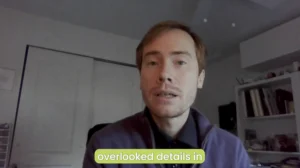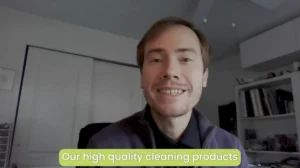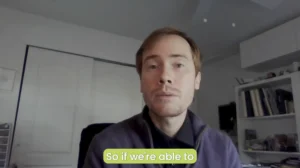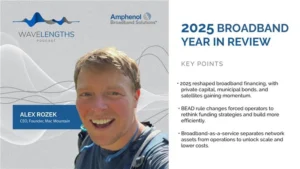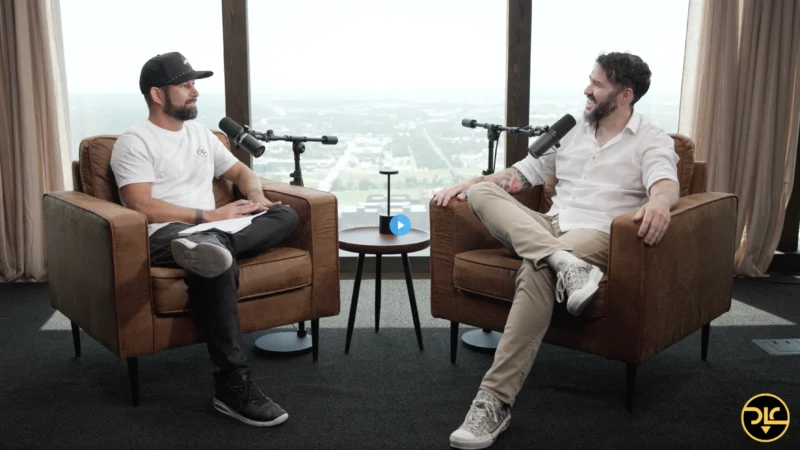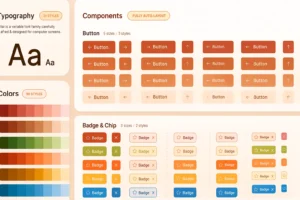Two Weeks Into Nano Banana: Google’s Latest Push Is Really Ahead of Its Competitors
Two weeks ago, I decided to give Google’s Gemini AI a real shot. Not just a quick test run, but actually integrating it into my daily workflow. What I discovered surprised me. Google’s latest push isn’t just catching up to the competition anymore. They’re actually pulling ahead in ways I didn’t expect.
The Photo Restoration Game Changer
My first serious test came from necessity. I had this old family photograph that was in rough shape. Scratches everywhere, faded colors, and parts of the image that just looked wrong. The reflections were completely off.
Initially, I wasn’t impressed. The restoration felt decent but not excellent. The results weren’t as smooth as I’d hoped. But here’s where things got interesting.
When I started experimenting with the lighting corrections and angle adjustments, everything changed. The contrast improvements transformed the entire image. The optimized processing delivered results that genuinely surprised me. This isn’t just another photo filter app. It’s an enabler that gives regular people access to restoration quality that used to require hiring a professional.

Beyond Basic Restoration
After that first success, I pushed harder. I started working with more artistic and professional photography, trying to minimize distractions while keeping important elements in focus. The tool handles motion blur beautifully. It creates subtle distortions that actually enhance images rather than making them look processed.
The way it manages light sources really stands out. Take street photography with cars, for example. Those strong shadows on the ground, the reflections from streetlights hitting car surfaces, the way shadows and light interact with pavement. These are incredibly demanding elements that most tools struggle with. Gemini nails them.
Architectural and landscape photography showed similar improvements. The rendering changes are subtle but effective, especially for someone like me who does this professionally.

Real World Application: Product Photography
Here’s where it gets personal. I found an old product design sketch from 8 years ago, something I helped design back when I was working on test equipment for radios. It was just a rough sketch on paper, nothing fancy, but it represented months of work on a field equipment prototype.
I fed that sketch into Gemini to see what it could do. What came back was incredible. It transformed my basic pencil drawing into professional product photography that looked like we’d actually built the thing and hired a photographer. The lighting, the materials, the subtle reflections on what would have been the metal casing. It understood the intent behind my rough lines and created something that could go straight onto a website or marketing materials.

The improvements Google has achieved here are fantastic. Not just in image quality, but in workflow efficiency. Being able to go from old concept sketches to professional visualizations changes everything. The price point compared to the productivity gains makes this a no-brainer for professional use.

Of course, I had to try the fun stuff too. Changing clothes in photos, swapping backgrounds, adjusting countless small details. Some tests worked perfectly, others not so much. Sizing issues popped up occasionally, and visibility problems appeared in certain scenarios.
But here’s what sets Gemini apart from other AI platforms I’ve used. It’s not just generating new content from scratch. The way it analyzes and understands existing images feels more sophisticated. There’s a depth to the processing that shows Google’s been paying attention to what photographers actually need.

The Verdict After Two Weeks
Look, nothing’s perfect. There are still areas where Gemini could improve. Some features feel rough around the edges, and not every experiment yields correct results.
But after two weeks of really putting this through its paces with different content types, I have to say Google’s created something special. They’re not just keeping up anymore. For where the technology is right now, they’re genuinely pushing ahead of what I expected.
The combination of professional utility and accessible pricing, paired with features that actually work in real-world scenarios, makes this more than just another AI tool. It’s becoming an essential part of my workflow, and that’s not something I say lightly.


